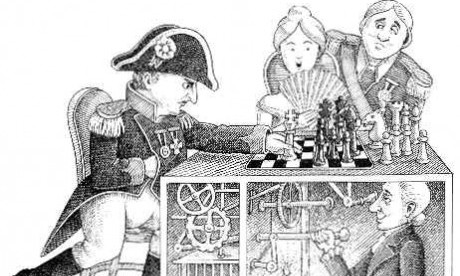It is uncontroversial that the human brain has capabilities that are, in some respects, far superior to those of all other known objects in the cosmos. It is the only kind of object capable of understanding that the cosmos is even there, or why there are infinitely many prime numbers, or that apples fall because of the curvature of space-time, or that obeying its own inborn instincts can be morally wrong, or that it itself exists. Nor are its unique abilities confined to such cerebral matters. The cold, physical fact is that it is the only kind of object that can propel itself into space and back without harm, or predict and prevent a meteor strike on itself, or cool objects to a billionth of a degree above absolute zero, or detect others of its kind across galactic distances.
But no brain on Earth is yet close to knowing what brains do in order to achieve any of that functionality. The enterprise of achieving it artificially — the field of ‘artificial general intelligence’ or AGI — has made no progress whatever during the entire six decades of its existence.
Why? Because, as an unknown sage once remarked, ‘it ain’t what we don’t know that causes trouble, it’s what we know for sure that just ain’t so’ (and if you know that sage was Mark Twain, then what you know ain’t so either). I cannot think of any other significant field of knowledge in which the prevailing wisdom, not only in society at large but also among experts, is so beset with entrenched, overlapping, fundamental errors. Yet it has also been one of the most self-confident fields in prophesying that it will soon achieve the ultimate breakthrough.
Despite this long record of failure, AGI must be possible. And that is because of a deep property of the laws of physics, namely the universality of computation. This entails that everything that the laws of physics require a physical object to do can, in principle, be emulated in arbitrarily fine detail by some program on a general-purpose computer, provided it is given enough time and memory. The first people to guess this and to grapple with its ramifications were the 19th-century mathematician Charles Babbage and his assistant Ada, Countess of Lovelace. It remained a guess until the 1980s, when I proved it using the quantum theory of computation. Read more
Sources
- Aeon Magazine
- Image: atariarchives.org
Additional reading
News category: Features.




